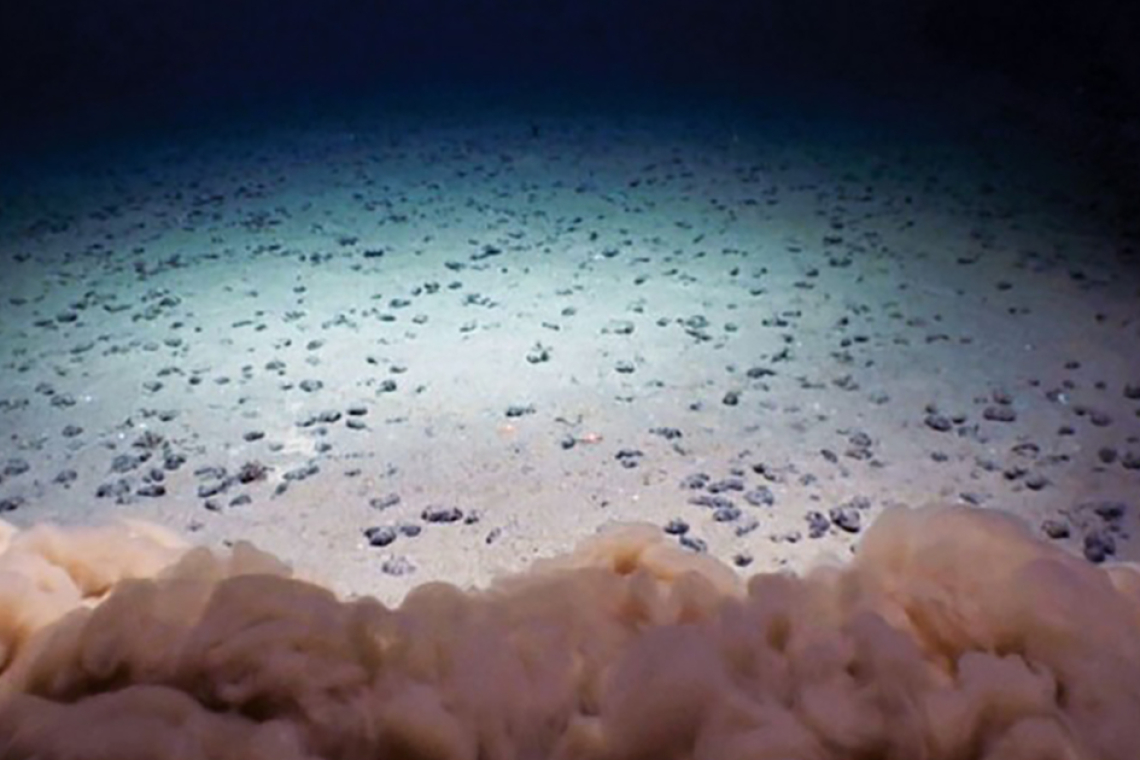Accurate In Situ Sensor Developed to Measure Sediment Properties on the Seafloor

The impact of sediment plumes created by seafloor mineral collection is central to the discussion about deep-sea mining. Until recently, researchers have had to rely on laboratory simulations and ex-situ studies to predict sediment properties and behavior.
Now, a new in situ sensor system promises to further improve the accuracy of plume modeling. The system, developed by the Massachusetts Institute of Technology, Scripps Institute of Oceanography, and Sequoia Scientific, was tested as part of sea trials that saw polymetallic nodules collected from the floor of Pacific Ocean by GSR’s prototype robot collector, Patania II.
GSR is proud of academic-industry collaborations such as this, which are important to further our collective understanding of the environmental effects of deep-sea mining.
Results from the trial have been published in Scientific Reports.
You can read more about the study here.

